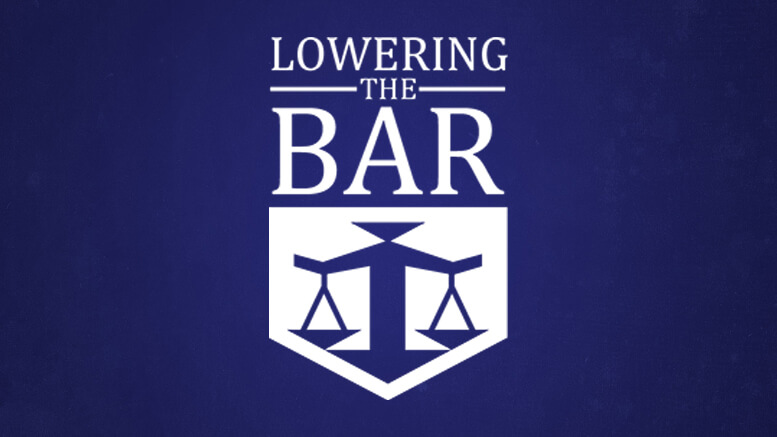From the January issue of Scientific American magazine (pp. 24-25, in case you are a big enough dork to actually read that magazine):
Take the 50-something lawyer who, fearing Alzheimer’s, came in for an MRI and got good news and bad news. He was fine, but his brain lacked a corpus callosum, the wrist-thick stalk that normally connects the brain’s hemispheres. Still, he enjoyed a successful practice . . . . The patient exhibited subtle signs of abnormal behavior, says Warren S. Brown, a neuropsychologist who studies mind-body questions . . . "He just seemed odd — not remarkable, but he missed the point of social interaction." Brown adds that patients without a corpus callosum often do not get the point of jokes or understand pictures.
This may explain a lot about our profession.
Scientific American (main website only)
